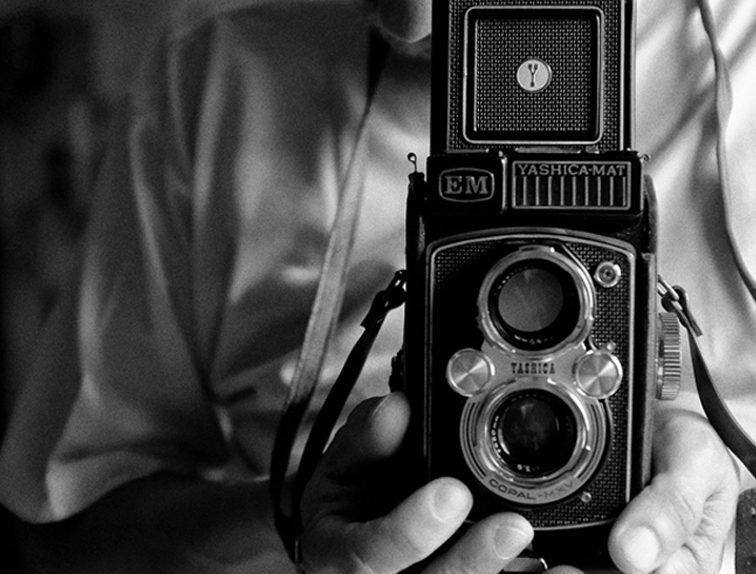In the beginning of the 90s, I awaked my interest in photography. As a present, I received a compact and totally automatic camera with direct viewer and fixed focus. I got it with a lot of affection and maybe because of that I developed a huge interest on it. I did a lot of films and even though I didn’t have a great participation on the results (bearing in mind all the automation), my path was open to the first readings in the old books about photograph. The analog brings on itself a ritual. First, it’s necessary to buy a film, put it in the camera (this process can vary according to the film and camera) and dedicate yourself to expose that limited number of frames. At the end of this process, that can take a hour, a day, a week or even a year, its necessary the processing (remembering that, still today, some films are forgotten into old cameras). The complete ritual requires a rare virtue: the control of anxiety increasingly further way, strengthened by the consciousness that results are doubtful, since any failure can jeopardize, in a permanent way, the result. In 1996, I decided to study in a school called “Escola Paulista de Fotografia” of the Chilean master Gustavo González. There I learned something that I consider permanent: the chromatic justification. Gustavo, the professor, said that a photo only has to be colored if the color has a key role on the result, otherwise, it’s better to be B&W. In other words, the colors can be a cause for distraction. What is interesting is that a photo can be more “real” through the B&W shapes and textures. So, for me and for other many photographers, B&W is a path to emotion. Fortunately, I still have few analogue cameras and between them, the amazing Yashica TLR EM, launched in 1964, Japan. It doesn’t require any batteries, all the controls are manual, everything at fingertips.
Categories:

